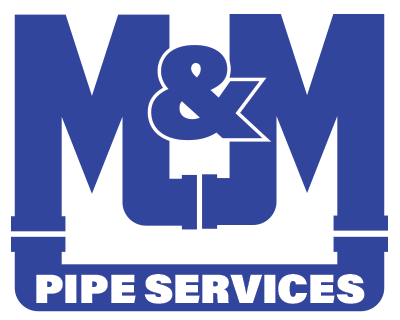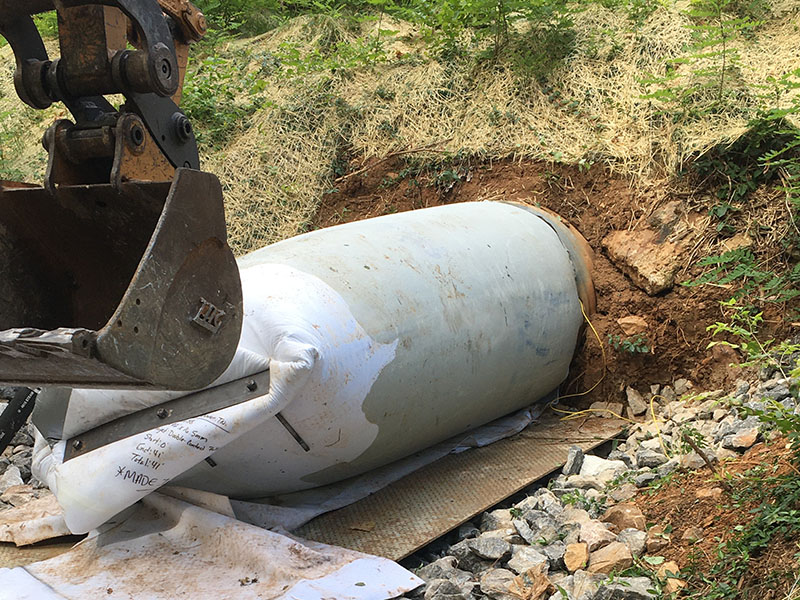CIPP, which stands for Cured-In-Place Pipe, is a trenchless technology used for repairing and rehabilitating underground sewer and water pipelines without the need for traditional excavation methods. CIPP lining is a specific process within CIPP technology.
Here’s how CIPP lining works:
- Inspection and Cleaning: Before the CIPP lining process begins, the pipeline is inspected using cameras and cleaned to remove debris, scale, and other obstructions. This ensures that the new lining will adhere properly to the existing pipe.
- Liner Fabrication: A flexible liner made of materials like resin-saturated felt, fiberglass, or other composite materials is impregnated with a thermosetting resin. This liner is designed to be flexible and easy to transport.
- Installation: The liner is inserted into the damaged or deteriorating pipe using various methods, such as inversion, winching, or air pressure. It is typically inserted through existing access points, such as manholes or cleanout openings.
- Inflation and Curing: Once the liner is in place, it is inflated to fit tightly against the interior of the existing pipe. Heat or ultraviolet light is then applied to cure (harden) the resin, creating a new, structurally sound pipe within the old one. This process can take several hours, depending on the size and conditions of the pipe.
- Quality Control: After curing, the newly lined pipe is inspected to ensure the lining has adhered properly and is free from defects.
CIPP lining offers several advantages over traditional pipe repair methods:
- Minimal Disruption: Since it doesn’t require extensive excavation, CIPP lining causes minimal disruption to the surrounding environment, reducing costs and inconvenience.
- Cost-Effective: CIPP lining is often more cost-effective than traditional pipe replacement methods because it eliminates the need for digging and restoring the landscape.
- Durability: The cured lining is durable and corrosion-resistant, extending the lifespan of the rehabilitated pipe.
- Versatility: CIPP lining can be used to repair a wide range of pipe materials, including cast iron, clay, PVC, and concrete.
- Environmental Benefits: CIPP lining reduces the environmental impact associated with traditional excavation and replacement methods.
CIPP lining is commonly used for rehabilitating sewer lines, stormwater pipes, and other underground utility pipes. It’s a popular choice for municipalities and utility companies looking to extend the life of their existing pipe infrastructure with minimal disruption to communities.


Recent Comments